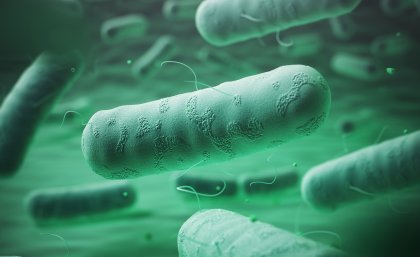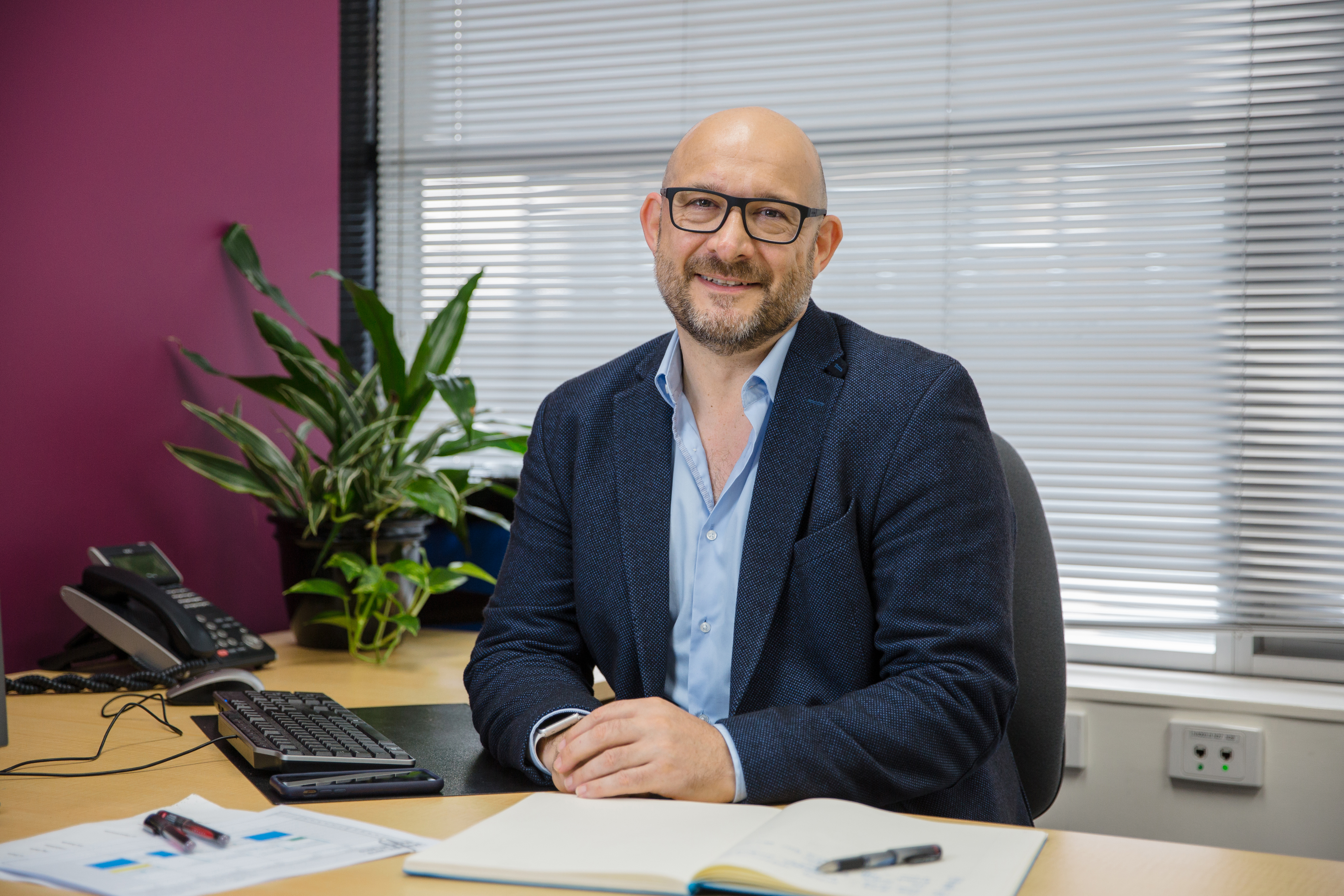
A crucial step in the way bacteria construct their defences has been revealed by an international team, including a University of Queensland researcher.
Institute for Molecular Bioscience’s researcher Professor Ian Henderson said the finding had opened up a new pathway for designing improved antibiotics.
“There has been a 300 per cent increase in people dying from infections in Australia since the mid-1980s, when antimicrobial resistance started to emerge,” Professor Henderson said.
“If you plot out the upward trajectory until 2060, we will be back at the number of deaths we had prior to the introduction of antibiotics, when half of all people died from infectious disease.
“New ways of combating diseases caused by bacterial infection are thus urgently needed.”
Professor Henderson said the most problematic antibiotic-resistant infections are caused by bacteria that belong to a class called Gram-negative, which have two membranes.
“Imagine a castle with an inner keep and an outer wall, with the outer wall or membrane protecting the bacteria from antibiotics,” he said.
“We’re interested in how Gram-negative bacteria build this outer membrane, because if we understand that, we can disable the membrane so antibiotics can get through and combat the infection.”
Professor Henderson said the outer membrane was made up of three components – proteins, lipids and a type of sugar molecule.
Previous research uncovered how proteins and sugar molecules were produced in the cell and transported to the outer membrane, but until now, no one knew how the lipids were moved.
“We knew how these lipids were manufactured but not how they were transported through the cell to take their place in the outer membrane,” Professor Henderson said.
“We have now discovered the cellular machinery responsible for exporting lipids to the outer membrane.”
 Professor Henderson said previous work from his team had shown that mutating the genes involved in lipid transport renders bacteria unable to cause disease.
Professor Henderson said previous work from his team had shown that mutating the genes involved in lipid transport renders bacteria unable to cause disease.
“Now that we understand how the lipid transport machinery functions, it opens up a new pathway for us to design medicines that can prevent the outer membrane from being fully constructed, allowing us to fight back against infectious bacteria.”
The international team was led by Dr Tim Knowles at the University of Birmingham.
Professor Henderson is speaking at ‘Can we keep the next pandemic at bay?’ a UQ Global Leadership Series talk on July 18.
For more information or to purchase tickets, please visit: https://alumni.uq.edu.au/event/session/6273
The research study was published in Nature Microbiology and supported by organisations including the Wellcome Trust.
Media: Professor Ian Henderson, i.henderson@imb.uq.edu.au, +61 7 3346 2159; IMB Communications, Bronwyn Adams, communications@imb.uq.edu.au, +61 405 661 856.
.jpg)











